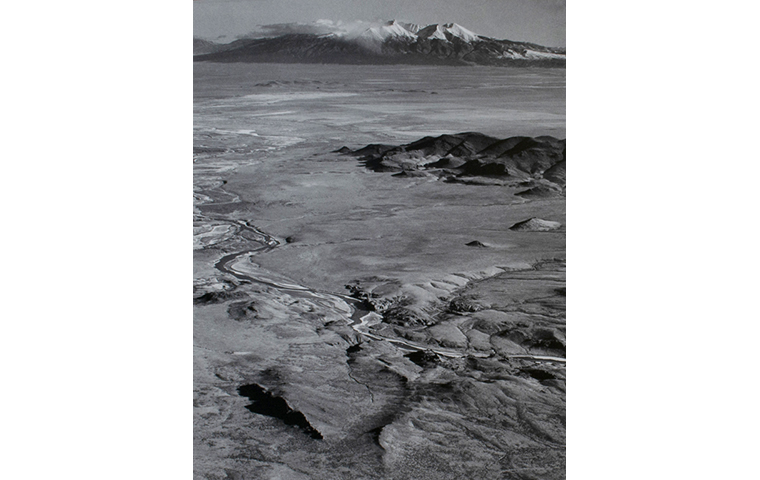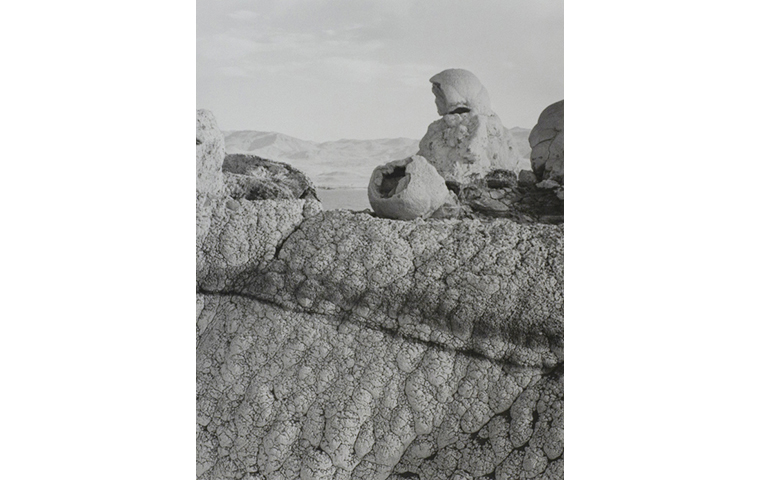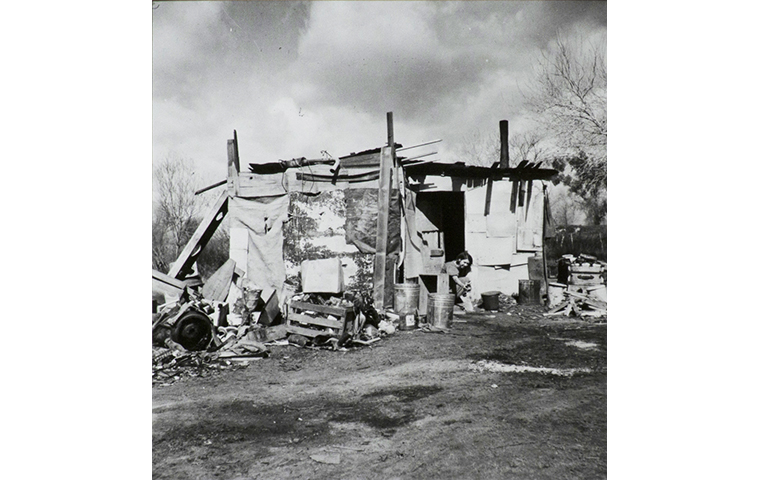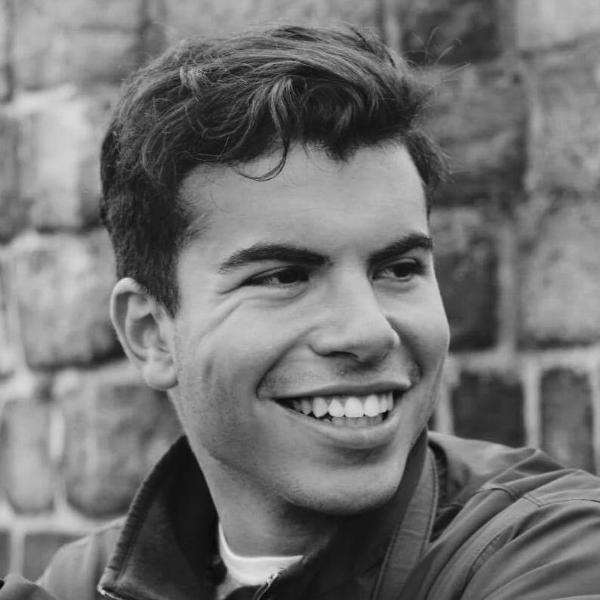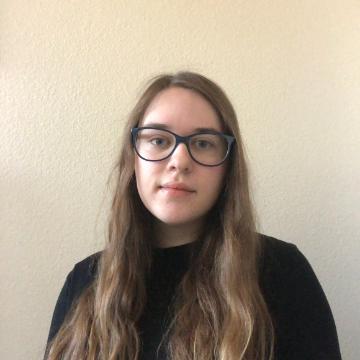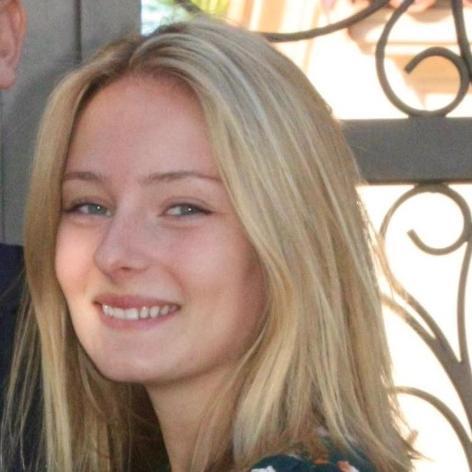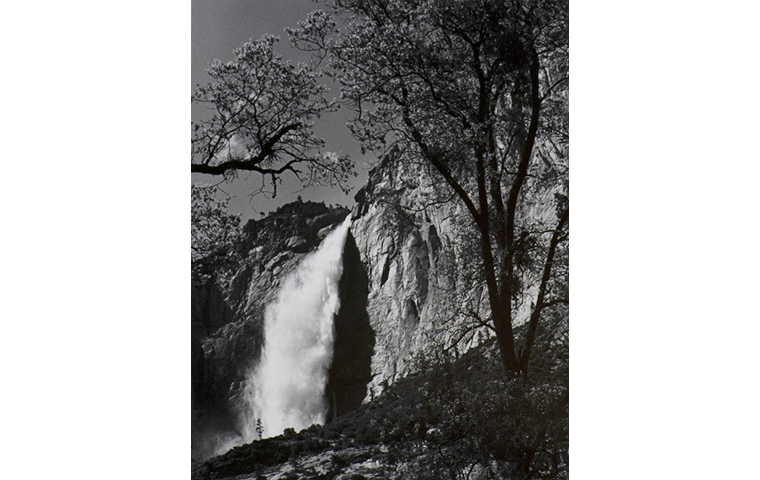
May 24 - July 2, 2021
Virtual Exhibition
Through this exhibition, we invite viewers to contemplate the various types of relationships between people and the landscape. Specifically, how a person’s identity might impact how they relate to landscape images, and the meaning of landscape photography overall.
The ways that these photographers frame the connections between humans and the landscape vary significantly from image to image, and each represents a slightly different interpretation or emphasis on how people do (or, for some photographers, should) interact with the land. One key aspect to pay attention to with regard to the human-landscape relationship is whether we see human influence within the frame at all, and if we do, whether that influence takes the form of people or artifacts of people.
With regard to identity, we look at images by both male and female photographers, as well as consider the role of Native American identity when photographing sites that are significant in Indigenous traditions. This is a sampling of identities and is by no means exhaustive, but by pointing these aspects out, we aim to make identities which are traditionally less visible more apparent. All of the photographs included in this exhibition were taken in the western part of the United States, so that gives these images a common foundation and point of comparison despite the diversity within our images.
As a category, landscape photography is most often associated with very pristine, “natural” landscapes, and our exhibition definitely goes beyond that, including images that might be more accurately classified in other genres. Even if they may not be landscapes in the strictest sense, they do still represent public, exterior environments. By reconsidering our conception of landscapes themselves, we can help make the genre more inclusive and representative of the reality of how we interact with landscapes.
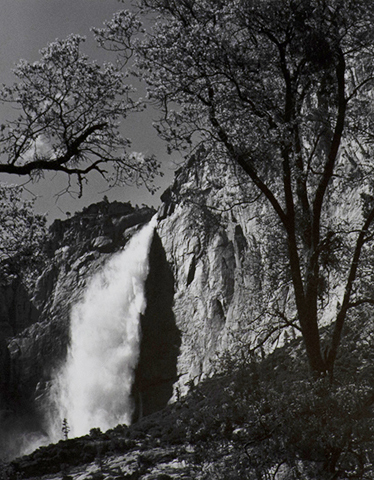
Ansel Adams, Yosemite Falls, Spring, Yosemite National Park, California, 1983, gelatin silver print, de Saisset Museum permanent collection, Santa Clara University, 6.337.1986
This photograph by Ansel Adams is a significant example of landscape photography that became popular in the 20th century. The function of this photo is to portray the exquisite beauty of Yosemite Falls, a popular feature in the valley. The viewer is placed in the picture as the camera is angled upward to create the effect of experiencing the falls. There are no humans in the frame, so this suggests that humans are separate from nature. Landscape photographs, such as this one, were intended for European American audiences because of the grandeur of the geologic features, and these became known as the “best views” of Yosemite.
Adams was known for capturing the pure beauty of Yosemite and other national parks, and made viewers contemplate their role in nature. In the early 20th century, there were few photographs of this natural landscape, specifically the high Sierras and other mountainous regions. Practicing photography from a young age, Adams quickly became enamored with Yosemite and the distinction between “the valley” and the “high country.” Adams is seen as the “master” and great icon of landscape photography that shaped the history of landscape photography.
Adams was an avid outdoorsman and a member of the Sierra Club whose message preached preservation of natural landscapes. This idea can become controversial when thinking about the development and commercialism of National Parks that the Sierra Club and Adams supported. This development and exploitation of resources was intended to better suit human needs. Landscape photography taken through the white gaze often portrayed the viewer as “in control” of the landscape through the technique of the magisterial gaze. This gaze was characterized by an aerial perspective looking down on the environment. This mindset was adopted by other landscape photographers and continued to exclude women and people of color from the landscape.
Imogen and Twinka at Yosemite is one of Judy Dater’s most well-known photographs from her work in the 1970’s depicting female nudes. The photograph draws inspiration from the painting, Persephone by Thomas Hart Benton which portrays an old man looking at a nude woman. The elderly woman in the photograph is Imogen Cunningham, a well-known photographer, and the young woman is a model by the name of Twinka. Imogen carries a surprised look on her face seeing Twinka’s nude body, while Twinka makes direct eye contact with the elderly woman. The viewer is confronted with their own gaze at Twinka’s body in the natural landscape.
Imogen and Twinka at Yosemite goes beyond the male gaze by photographing an elderly woman who is clothed, and a young woman who is in the nude. The message of the photograph is changed to being about clothed versus nude bodies. Since the Victorian Era, female bodies have been gazed at and controlled by men, and this image attempts to place a woman’s body in a landscape where they were considered “outsiders.” Photographing nude, female bodies allows women to reclaim their presence in a natural landscape.
Judy Dater’s photography blossomed during the Feminist movement in the late 1960’s. She worked with mentor Imogen Cunningham and the modernist San Francisco photography group. Dater often photographed in national parks to explore the theme of landscapes, and her photographs of bodies forced the viewer to confront nudity in its purest form. Dater challenged the notion of what it meant to be a modern woman through her exploratory photographs of nude bodies and defied the stereotypes placed upon women from the male gaze.
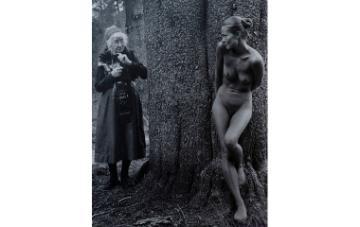
Judy Dater, Imogen and Twinka at Yosemite, 1974, gelatin silver print, de Saisset Museum permanent collection, Santa Clara University, Focus Gallery Collection, Helen Johnson Bequest, 6.28.1989
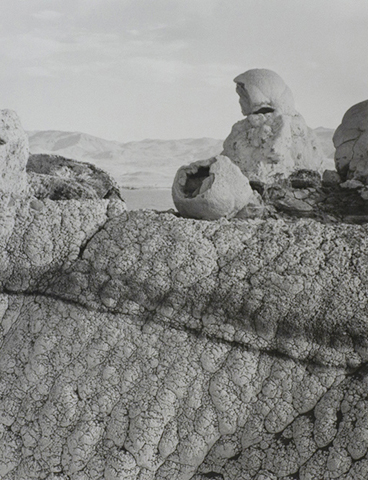
Dugan Aguilar, Stone Mother, Pyramid Lake, 1991, gelatin silver print, de Saisset Museum permanent collection, Santa Clara University, work selected by students in SCU Professor Kate Morris' winter 2007 class, ARTH 142: Native American Art: Special Topics. Funds for this purchase were made possible by SCU's Center for Multicultural Learning, 2007.3.5
Stone Mother, Pyramid Lake is one of Dugan Aguilar’s signature pieces that celebrates the Native life of the Paiute tribe. This photograph was taken in Pyramid Lake on an Indian reservation located in Nevada. The rocks resemble a woman with a hood over her head and she has an open basket at her side, implying that a baby is with her. The photograph itself focuses on the rock formation rather than the lake in the background. The foreground captures the rocks that the Stone Mother sits on, and it appears that the rocks have a “veiny” texture almost resembling roots branching down towards the ground. The emphasis on the foreground portrays the message that the Stone Mother has cultural roots in Pyramid Lake and is sacred to the Paiute tribe. A direct connection between the environment and humans is an important value to this Native tribe.
Aguilar is known for his work photographing Native communities, documenting Native life, traditions and art. Stone Mother, Pyramid Lake portrays an important message of respect and admiration towards the land which directly contradicts the white gaze seen in landscape photography. The viewer does not have an aerial viewpoint such as the magisterial gaze seen in white landscape photography, but rather low on the ground. The viewer is looking up at the Stone Mother which furthers the message of respect toward Native traditions and the environment. The viewer does not have control of the landscape, but rather is a part of nature in this scene. Aguilar and other Indigenous photographers attempt to deconstruct the white gaze through their appreciation of the landscape and Native life. For centuries, Indigenous people have been oppressed and their land has been developed, which directly affects Native life and traditions. Through his photography, Aguilar takes back sovereignty of the land which belongs to Native people.
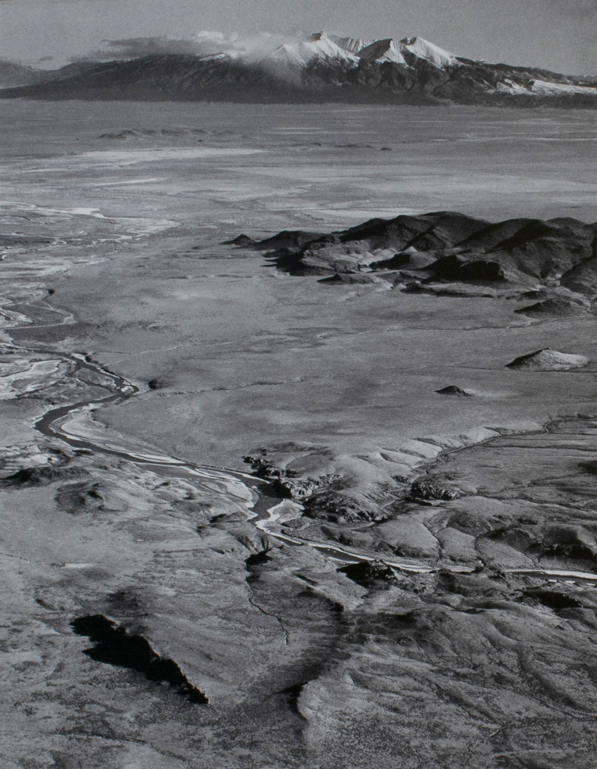
Laura Gilpin, Navaho Sacred Mountain of the East, 1953, gelatin silver print, de Saisset Museum permanent collection, Santa Clara University, Focus Gallery Collection, Helen Johnson Bequest, 6.33.1989
Navaho Sacred Mountain of the East by Laura Gilpin is an expansive landscape photograph focused on the snow-covered mountains in the background as well as the desert land in the foreground. There is an unaltered, winding river that cuts through the frame which portrays a common theme in Gilpin’s photographs of the wild landscape. The viewer takes on an elevated view of the Earth in order to absorb the complete scene. The mountains and valley are equally appreciated in the frame as the viewer’s eye travels from the river below to the mountains above.
Navaho Sacred Mountain of the East replaces a traditional, colonial map and attempts to redefine what belongs to the Navajo people through the photography of an expansive landscape. During the 20th century, the Navajo people were being displaced and had to negotiate what land belonged to them. Photographing the sacred mountains and valley below reclaimed the sovereignty of the land which belonged to the Navajo people.
Gilpin was one of the first woman to photograph the natural landscape and received praise from her male counterparts such as Ansel Adams. The main goal of her photography was to capture Southwest Native culture and show the connection between Native people and the land. This differs significantly from male photographers at the time who excluded Native people from their photography. Gilpin spent time with the Navajo people and came to have a deep appreciation for their traditions and their connection with the land. She attempts to show this connection through her photos of the natural, untouched landscapes in which the Navajo people lived.
Note: Gilpin's original title for this photograph utilizes the spelling "Navaho."
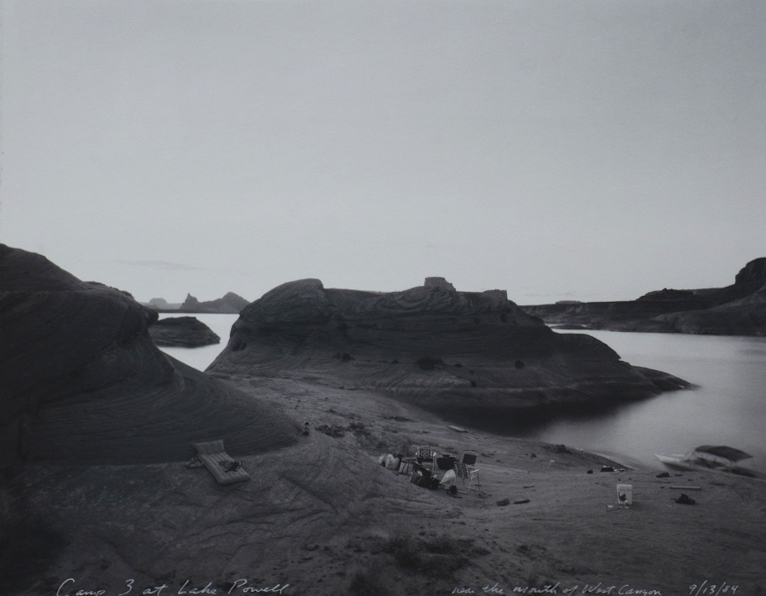
Mark Klett, Camp 3 at Lake Powell, 1984, gelatin silver print, de Saisset Museum permanent collection, Santa Clara University, Gift of David B. Devine, 1991.2.6
Given the date and location of Mark Klett’s Camp 3 at Lake Powell, this photograph appears to have been taken while Klett developed his project Revealing Territory, a series he framed as a modern survey of the West in the tradition of photographers like Timothy O’Sullivan, though done in a more informal way. This picture, while at first looking like a very traditional, natural landscape photograph with some very conspicuous objects suggesting human presence, is actually quite a bit more complex, especially given the history of Lake Powell itself.
Lake Powell was man-made, intended as a water reserve for the Southwest and a vacation spot. The area also has close connections to the Navajo Nation, regarded as an important natural spot for their spiritual practices. As such, the development of the lake and dam caused some backlash from the Indigenous community. Klett is interested in representing the connection between people and the landscape, emphasizing ordinary and accessible locations, and showing that people aren’t just passive in their interactions with the land. These goals are made evident visually through his choice of location and the scattered items throughout the scene. However, the political aspects of the location’s history are much less visible in the image.
Despite Klett’s interest in depicting realistic and casual human-nature interactions, this photo does lean into some aesthetic-focused readings, too, which we could see as a reflection of Klett’s whiteness and masculinity. As Klett himself discusses, black and white photography can serve to abstract scenery, which makes this photo quite beautiful, but also takes away from some of his intended messaging. This emphasis on the appearance of images over their meanings is a trend that has been associated overwhelmingly with male photographers. Klett’s choice to avoid representing Native people or a Native perspective on the land can be connected to his whiteness, and his invocation of land surveys is especially apt, too, since similar prioritization of white ways of thinking occurred in that time, too.
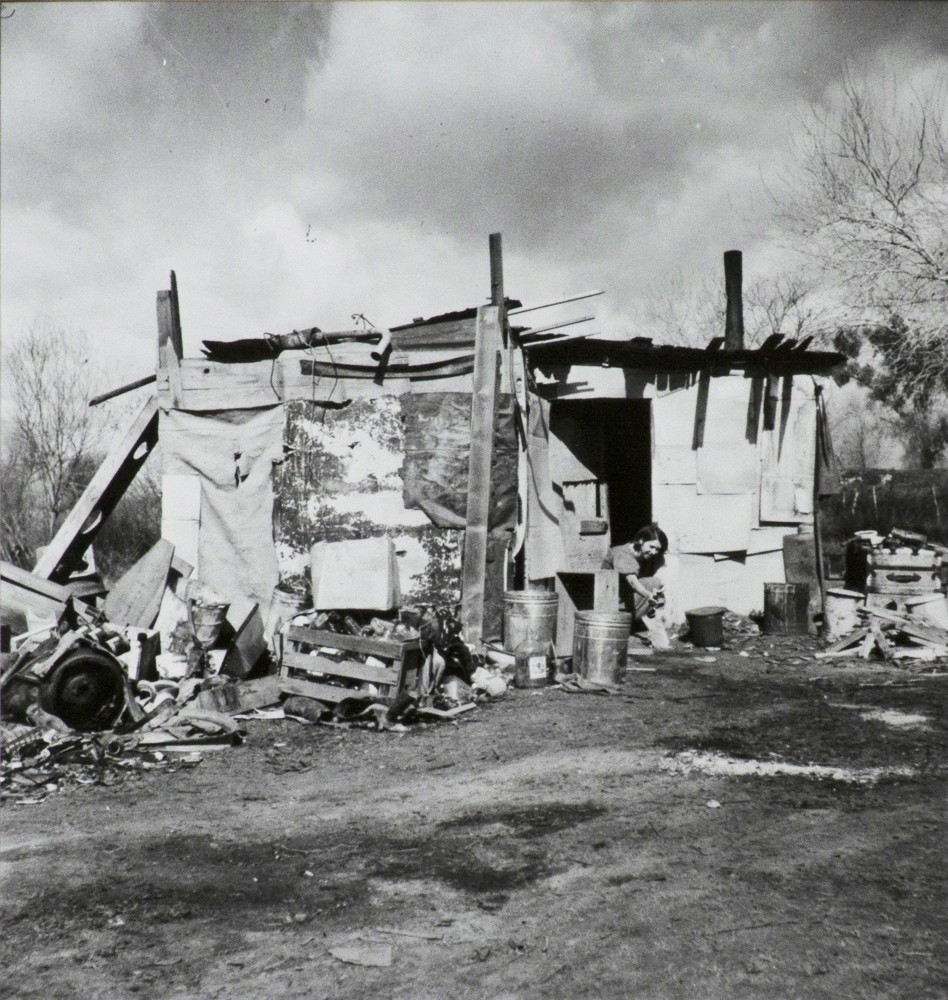
Dorothea Lange, Arkansas squatters, 1935/36, de Saisset Museum permanent collection, Santa Clara University, X.1998.9
Arkansas squatters is one of Dorothea Lange’s earlier photographs from her work with the Farm Security Administration. The FSA photos were intended to share images of those experiencing poverty, especially in rural areas, with a broader American audience in order to advocate for social change. The image depicts a woman at the entrance of a temporary shelter and surrounded by a collection of objects with sparse trees and grasses in the background. According to Lange’s caption, the woman and her family were originally from Arkansas, but had been living in California for three years, almost certainly following the impact of the Dust Bowl in their home state.
In Arkansas squatters, Lange shows how crucial the connection between people and land can be in an agricultural context. The ecological disaster of the Dust Bowl drove this family and many others away from their home farms and towards hope for better agricultural opportunities in California. As this picture makes clear, though, many found few opportunities and poverty in California, too, which suggests an element of chance in the relationship between people and the land. The landscape that is depicted within the frame of this image evokes a reliance on the land as well, here in the context of making a home in the landscape. Lange was often interested in showing these kinds of broader environmental contexts that her subjects lived and worked in.
While Lange’s work can be analyzed through a gendered lens, her goals were largely aligned with the FSA’s, and reading her work as especially intuitive or maternal because she was a woman would be reductive. Both Lange and her subject in this image were white, though the whiteness of the subject would have been somewhat contested. Because whiteness was associated with landowning, while migration and poverty were largely associated with non-whiteness, some Okies were perceived as non-white—though still different from people of color. However, photography by Lange and other FSA photographers did largely focus on subjects who were white and attractive in order to appeal to mainstream wealthier white Americans.
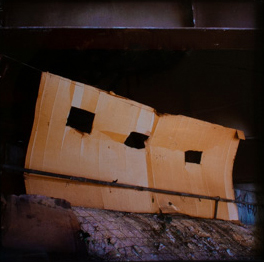
Anthony Hernandez, Landscape for the Homeless #22, 1988, cibachrome print, de Saisset Museum permanent collection, Santa Clara University, Museum Purchase, Work selected by students in SCU Professor Bridget Gilman's spring 2016 class, ARTH 197: Photography and the American West. Funds for this purchase were made possible by the Marmor Foundation, 2016.9
Landscape for the Homeless #22 by Anthony Hernandez is one piece in a series of photographs by Hernandez depicting the environments of Los Angeles-area homeless people. The picture is centered on a piece of bent cardboard with three approximately square holes cut out of it that leans against a railing and a wire, and the scene is set underneath a highway overpass. Hernandez began photographing homeless encampments in 1988, when this image was taken, so this is an early example from his series.
This image presents an environment which may not immediately be read as a landscape, but it engages with a sense of space that is still relevant. Here, Hernandez presents the urban environment, which shows the intersection between central built and non-natural features of the landscape—the highway overpass and cardboard—with smaller hints of nature—the dirt covering the ground. Focusing on the urban environment also provides a glimpse into how people engage with space more generally, like with street photography, even if the people aren’t included within the frame. Regardless of whether viewers see this image as a landscape, for the homeless inhabitant or inhabitants of the space depicted, this environment would have been crucial.
In terms of identity, this image by Hernandez is a bit nebulous. Hernandez has other works which reflect the diversity of the people in Los Angeles, but for this series of photographs, there are no people included, which has a twofold effect: it makes diversity less visible and makes the homeless population less tangible, but it also avoids depicting homeless people in a way that could become too voyeuristic or pitying and limits the impulse to categorize these people in racial or racist terms. In some contexts, especially for male photographers, excluding people from landscapes can serve to suppress the social and political implications of a landscape, but Hernandez leans into concerns about class and equality, even if his messaging is more subtly presented than some others.
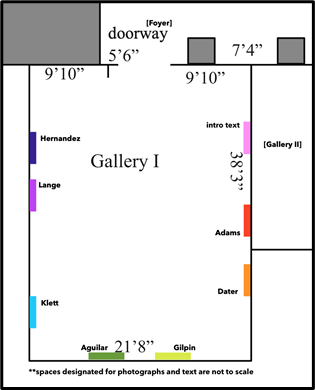
Our exhibit is quite small and has a fairly linear narrative, so the most appropriate place for it would be Gallery 1, which has a simple layout that would facilitate a clear direction of travel through the exhibit.
There will be no images shown on the wall with the door, so our exhibit will begin on the left wall (from a first-person walking perspective), with our introductory text panel and the images by Ansel Adams and Judy Dater. All of our images should be around eye level, with no vertical stacks of images. The text panel will be closest to the entrance, about four feet into the room. Then, after another four feet, will be our first image, which, again is by Adams. There should be about three feet of distance between it and the image by Dater. This space between them should be small enough to show that the images are in conversation, but large enough to avoid having the juxtaposition between the pictures take precedence over the images’ individual qualities. The Adams image will be the closest photo to the entrance since it’s our representation of the most traditional and well-known kind of landscape image, and we want to set the tone with something more familiar so that we can break down the norms of those classic images, beginning with gender on this wall.
On the central wall, we will have the photos by Laura Gilpin and Dugan Aguilar. Again, these images should be centered on that wall with about three feet between them to show conversation without too much emphasis on contrast. The Gilpin image will be closest to the left so that it is adjacent with—though still quite distant from—Dater’s image, so that the fact that both were taken by women photographers can serve as a connection between them. Overall, on this wall we’re focusing on representations of Native American landscapes and the role of cultural identity in landscape photography.
The wall on the right will have the images by Mark Klett, Dorothea Lange, and Anthony Hernandez. Klett’s image will be about five feet away from the corner where the central and right walls meet so that it can interact with the images by Gilpin and Aguilar. This interaction is important because of the connections between the location of Klett’s photo and Native American connections to the landscape, which are central to Gilpin and Aguilar’s work. It’s intentional to keep Klett’s photo on a separate wall, though, since his image isn’t engaging as directly in that conversation, and it also makes human impact on the land much more visible than those by Gilpin and Aguilar. Placing Klett’s photo closest to Aguilar’s photo is another gender-based link, since both photographers are men. Also, the choice to put Aguilar’s photo between Gilpin’s and Klett’s emphasizes the cultural backgrounds of the photographers since Aguilar is the only Native American of the three.
Regarding Lange's and Hernandez's photos, the left side of the image by Lange should be placed around the midpoint of the right wall, and it should be grouped more closely with the image by Hernandez, about two feet apart. This closer arrangement should emphasize the conversation between the images and shift the audience’s focus towards broader themes that we’ll want them to take away from the exhibit. Specifically, the connections with the landscape based on class as well as other intersecting identities, though also including broader questions like what makes a landscape. Like with the earlier placement of the image by Adams, we’ve opted to put Lange’s image first since it’s a more traditional kind of image, and the fact that Hernandez’s image is the only color photograph in our exhibit also provides a punch that makes it a strong end point for our exhibit.
The contrast between the images on the left and right walls works fine for our messaging, but it’s also not necessarily something that we’re looking to emphasize, so the images on those walls are offset to help avoid over-emphasizing that aspect.

